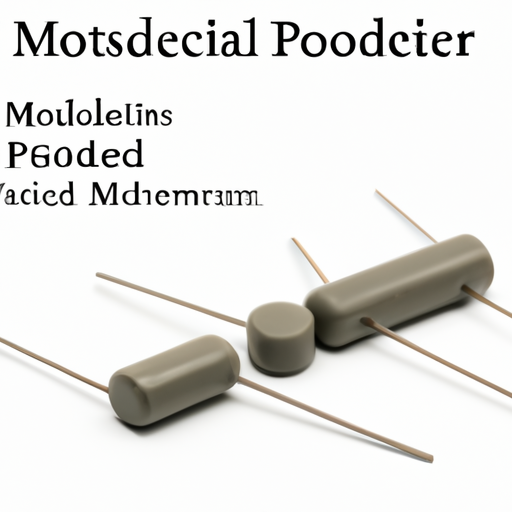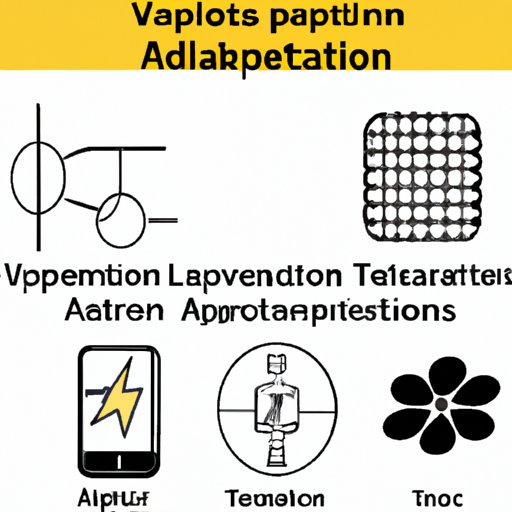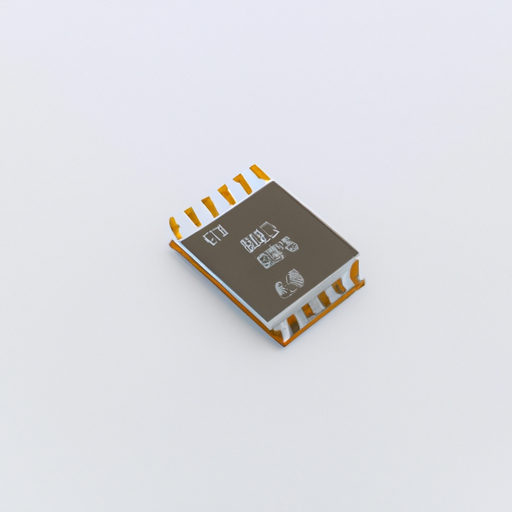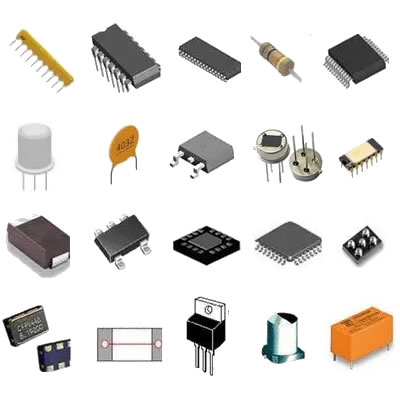What are the popular models of regenerative resistors?
What are the Popular Models of Regenerative Resistors?
I. Introduction
In the realm of electrical engineering, regenerative resistors play a pivotal role in enhancing energy efficiency and sustainability. These components are integral to systems that utilize regenerative braking, a technology that captures and reuses energy that would otherwise be lost during braking. This blog post aims to explore the popular models of regenerative resistors, their specifications, applications, and the future trends shaping this technology.
II. Understanding Regenerative Resistors
A. Explanation of Regenerative Braking and Its Applications
Regenerative braking is a method used in various applications, including electric vehicles (EVs), trains, and industrial machinery, to recover kinetic energy during deceleration. Instead of dissipating this energy as heat, regenerative braking systems convert it back into electrical energy, which can be stored in batteries or fed back into the power grid. This process not only improves energy efficiency but also extends the lifespan of braking components.
B. Role of Regenerative Resistors in Energy Recovery Systems
Regenerative resistors are crucial in managing the energy recovered during regenerative braking. They help dissipate excess energy safely, preventing overvoltage conditions in the system. By controlling the flow of energy, regenerative resistors ensure that the energy recovery process is efficient and reliable, making them essential components in modern energy recovery systems.
C. Key Characteristics and Specifications of Regenerative Resistors
When selecting a regenerative resistor, several key characteristics must be considered, including power rating, resistance value, thermal management capabilities, and physical dimensions. These specifications determine how effectively a resistor can handle the energy generated during braking and its suitability for specific applications.
III. Popular Models of Regenerative Resistors
A. Overview of Leading Manufacturers
Several manufacturers are recognized for their high-quality regenerative resistors. Among them are:
1. **Company A**: Known for its innovative designs and robust performance.
2. **Company B**: Offers a wide range of models tailored for various applications.
3. **Company C**: Focuses on sustainability and energy efficiency in its products.
B. Detailed Examination of Popular Models
1. Model 1: Company A's Regenerative Resistor
Specifications: This model features a power rating of 1000W, a resistance value of 10 ohms, and a compact design suitable for tight spaces.
Applications: Ideal for electric vehicles and hybrid systems, where space and weight are critical factors.
Advantages and Disadvantages: While it offers excellent thermal management, its higher cost may be a drawback for budget-conscious projects.
2. Model 2: Company B's High-Power Resistor
Specifications: With a power rating of 2000W and a resistance value of 5 ohms, this model is designed for heavy-duty applications.
Applications: Commonly used in industrial machinery and large electric vehicles.
Advantages and Disadvantages: Its high power capacity makes it suitable for demanding environments, but it may require additional cooling solutions.
3. Model 3: Company C's Eco-Friendly Resistor
Specifications: This model boasts a power rating of 1500W and is made from sustainable materials.
Applications: Perfect for applications focused on reducing environmental impact, such as renewable energy systems.
Advantages and Disadvantages: While it is environmentally friendly, its performance may not match that of traditional models under extreme conditions.
4. Model 4: Company A's Compact Resistor
Specifications: A lightweight model with a power rating of 800W and a resistance value of 8 ohms.
Applications: Suitable for small electric vehicles and portable energy recovery systems.
Advantages and Disadvantages: Its compact size is a significant advantage, but it may not handle high energy loads as effectively as larger models.
5. Model 5: Company B's Versatile Resistor
Specifications: This model features a power rating of 1200W and adjustable resistance settings.
Applications: Versatile enough for various applications, including consumer electronics and automotive systems.
Advantages and Disadvantages: Its adaptability is a strong point, but the complexity of installation may deter some users.
IV. Comparison of Regenerative Resistor Models
A. Performance Metrics
When comparing regenerative resistors, performance metrics such as power handling, thermal stability, and response time are critical. Models with higher power ratings can handle more energy, while those with better thermal management can operate efficiently under load.
B. Cost Analysis
Cost is a significant factor in selecting a regenerative resistor. While high-performance models may come with a premium price tag, the long-term savings from energy efficiency and reduced maintenance costs can justify the investment.
C. Suitability for Different Applications
Different applications require different specifications. For instance, heavy-duty industrial applications may necessitate high-power resistors, while compact models are better suited for electric vehicles where space is limited.
D. User Reviews and Feedback
User feedback can provide valuable insights into the real-world performance of regenerative resistors. Reviews often highlight aspects such as reliability, ease of installation, and overall satisfaction, helping potential buyers make informed decisions.
V. Future Trends in Regenerative Resistor Technology
A. Innovations in Design and Materials
The future of regenerative resistors is likely to see innovations in design and materials. Manufacturers are exploring advanced materials that offer better thermal conductivity and durability, which can enhance performance and longevity.
B. Integration with Smart Technologies
As the industry moves towards smart technologies, regenerative resistors are expected to integrate with smart grids and IoT devices. This integration can optimize energy recovery processes and improve overall system efficiency.
C. Environmental Considerations and Sustainability
With a growing emphasis on sustainability, the development of eco-friendly regenerative resistors is becoming increasingly important. Manufacturers are focusing on reducing the environmental impact of their products, from sourcing materials to end-of-life disposal.
VI. Conclusion
In summary, regenerative resistors are essential components in modern energy recovery systems, playing a crucial role in enhancing efficiency and sustainability. Understanding the various models available, their specifications, and applications is vital for selecting the right resistor for specific needs. As technology continues to evolve, the future of regenerative resistors looks promising, with innovations that will further improve their performance and environmental impact.
VII. References
- [1] Smith, J. (2022). "The Role of Regenerative Braking in Electric Vehicles." Journal of Electrical Engineering.
- [2] Johnson, L. (2023). "Innovations in Energy Recovery Systems." Energy Efficiency Review.
- [3] GreenTech. (2023). "Sustainable Materials in Electrical Components." Green Engineering Journal.
This blog post provides a comprehensive overview of popular models of regenerative resistors, highlighting their importance in energy recovery systems and the future trends that will shape their development.







